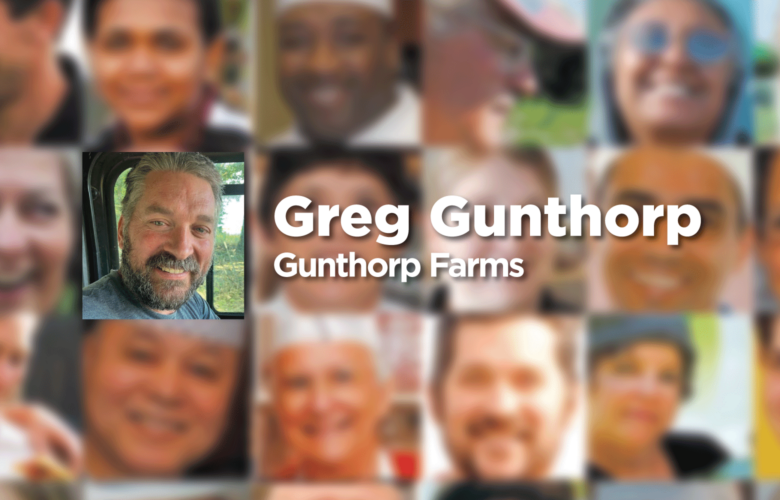Food for Thought: Greg Gunthorp
November 21, 2024This essay appears as part of Food for Thought: An Indiana Harvest. Read more about why we are revisiting this theme and learn more from the author, David Hoppe. In…
This essay appears as part of Food for Thought: An Indiana Harvest. Read more about why we are revisiting this theme and learn more from the author, David Hoppe.
In 1998, Greg Gunthorp was one of the signatories to a special report published by the U.S. Dept. of Agriculture’s Commission on Small Farms. Titled “A Time to Act,” this report called out federal policies for perpetuating “structural bias toward greater concentration of assets and wealth in fewer and larger farms and fewer and larger agribusiness firms.” Since then, Gunthorp’s farm in LaGrange has stood for the virtues, as well as the opportunities, of a handmade, local and regional approach to raising food. Through a relationship with James Beard Award-winning restaurateur Rick Bayless, Gunthorp’s pork and poultry have found their way into restaurants on a national scale. And while the COVID pandemic was a setback, it also spurred Gunthorp to connect raising sheep and renewable energy.
President Clinton and Secretary Glickman had some good foresight in putting that USDA small farm commission together. There’s been a huge amount of buy-in from the American people. Everyone at USDA now stops and thinks about local food. But industrial ag still controls the shots in Washington, D.C.
I always say there are four areas that we haven’t really addressed. The first is subsidy reform because almost all of the direct and indirect and procurement funds go towards conventional agriculture. We have to change that if we really want to support local and regional foods.
We need some anti-trust enforcement. The laws are on the books. The concentrations of power — whether that’s corporations or the government — take away opportunities for producers and take away choices for consumers. We learned that a long time ago and we revisited that at the beginning of COVID. You don’t put live animals and perishables into the hands of a few because you don’t create a resilient food system.
If I’d filled out the paperwork for our farm in 2011, we would have made the INC list as one of the 5,000 fastest growing companies. This whole local and regional movement really gained traction. But in a way we woke the big guys up. They now dominate the wholesale space, without any significant changes in their production practices. Greenwashing is crazy now. Ten percent of “organic” eggs come from one farm about 100 miles north of here. Nobody thinks that a barn with a million hens on one farm is what they’re getting when they buy “organic.”
If you look at economic metrics for rural America, most of them are worse that the inner cities. We’ve hollowed out rural America with so-called cheap food supply. Conventional ag, when it’s cranking, is extremely productive and efficient. Local and regional food can’t touch it on price. But we saw with COVID that if one little component is not working, the store shelves are empty.
It’s not as convenient to buy directly from a farmer. But I think we brought a huge awareness to the fact that people should know where their food is coming from, how it’s produced, how it’s processed, how it’s handled. And there’s a much larger customer base that’s willing to buy from farmers now. I guess the good thing — if there’s such a thing about COVID — is I think it brought a much bigger customer base to local and regional food movement.
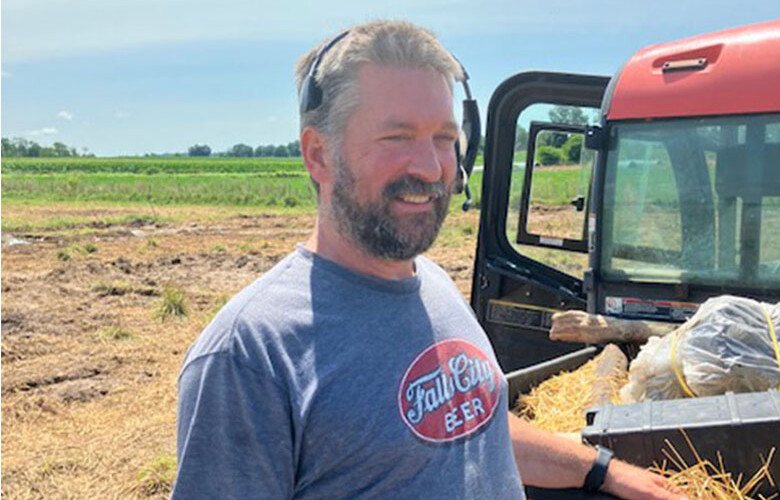
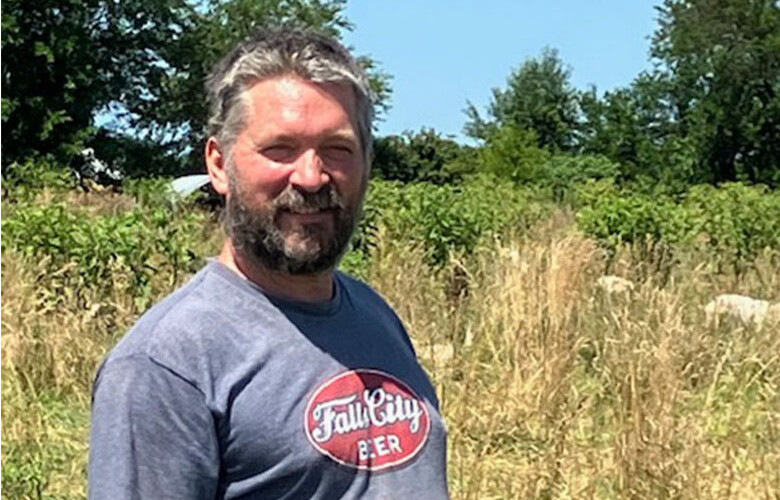
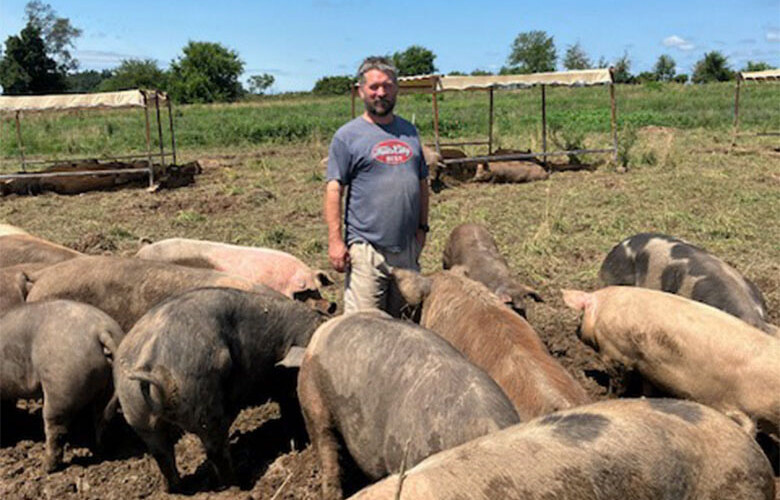
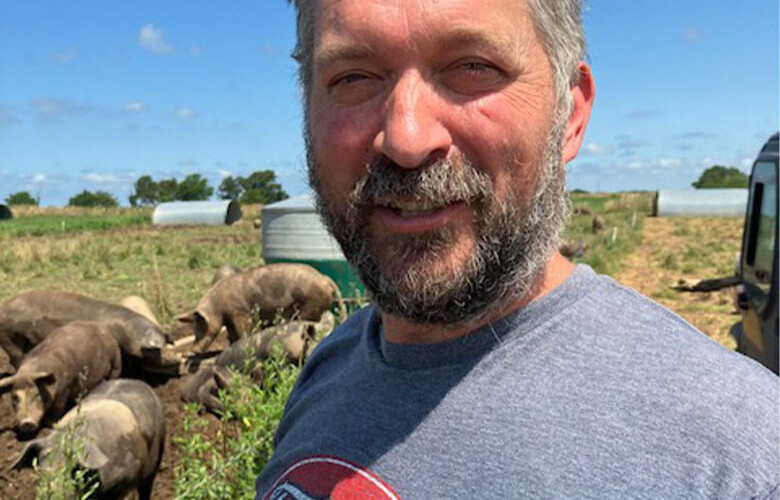
We added sheep to the farm the beginning of 2020. Knowing what I know now, we should have had sheep twenty-some years ago. Ruminative animals, regenerative ag, rotational grazing — sheep do so many amazing things for the soil and for the grass — and we spent a lot of money over those years on tractors, equipment, labor and fuel. Mowing pastures to keep them in condition for pigs and poultry. We should have been using sheep to do that.
I think we have about 1,000 sheep on the farm now. In two more weeks they won’t be here because the biggest change going forward on the farm is the sheep are going to one of British Petroleum’s Lightsource solar sites. We’re getting paid to control the vegetation on a utility-scale solar site and our sheep will be rotationally grazed around that.
I think it’s a huge opportunity because over all these years — especially our fast-growing years — our biggest constraint point was access to land. Local and regional food producers have always struggled to be able to find, let alone afford, land. Land is expensive. We’ll have almost five times as many acres under our control now, which will give us so many opportunities for what we can do with the ground here for pigs and poultry — producing feed for pigs and poultry and for the sheep during winter. It’s going to be a monumental increase in the amount of management, but my grandpa always said farmers get paid much better if they’re doing management work than if they’re doing manual labor.
It’s very innovative and, intuitively, it seems very practical to me. Sheep are the win-win choice for agrivoltaics — for putting some kind of farming activity on solar — because sheep won’t chew on wires, they’re not big enough to cause harm to the panels. You can’t do cattle because cattle will destroy the panels, even just rubbing against them. Goats will jump on the panels and chew the wires.
In other parts of the world, like India, where labor is very accessible, they are actually growing vegetables between the panels. But that is very labor intensive and probably not realistic in most of the United States. The obvious thing to start with here is sheep. They have the potential to produce food, control vegetation, and actually sequester carbon. Properly grazed grass, as you bring that grass back, you send the carbohydrates into the roots and you increase the organic matter, which is carbon. So we can increase soil health while growing food and producing energy.
There’s a lot of controversy in rural America over solar. Farmers don’t want their farmland taken away. I can appreciate that. We should have some deeper land use conversations in the United States. We should have a comprehensive energy policy and we should site renewables around the country based on a resilient grid going everywhere.
We have a lot going on in northeast Indiana. There’s all kinds of pasture-raised livestock now. There are grass-fed milk producers. There are pasture-raised eggs. There are fruit and vegetable producers. None of them have it easy, but it’s growing. The biggest fault I find with conventional agriculture is that 90 percent of the farmers disappear every one or two generations. We’re still a segment of agriculture that’s growing. And we’re growing because the next generation sees hope in this. We’ll never surpass conventional ag by pounds or bushels or the number of animals produced. But we’ll far surpass it in the number of farmers.
